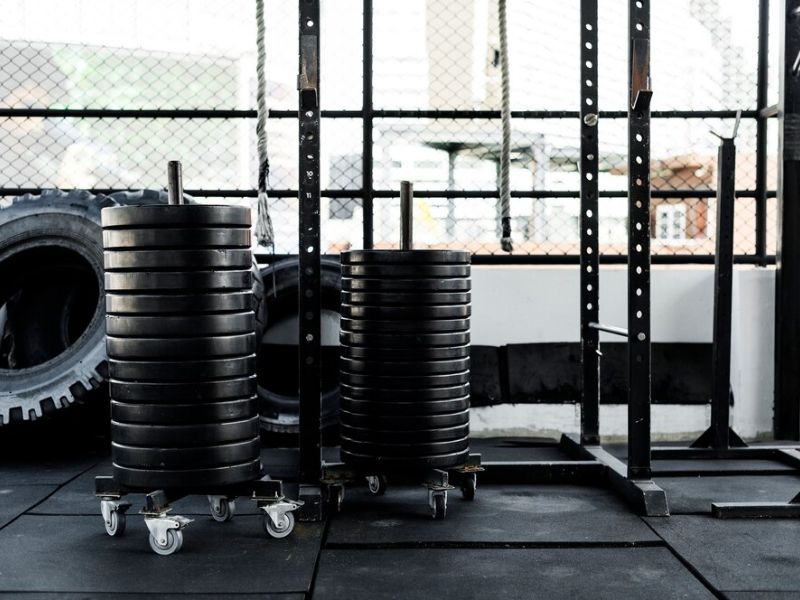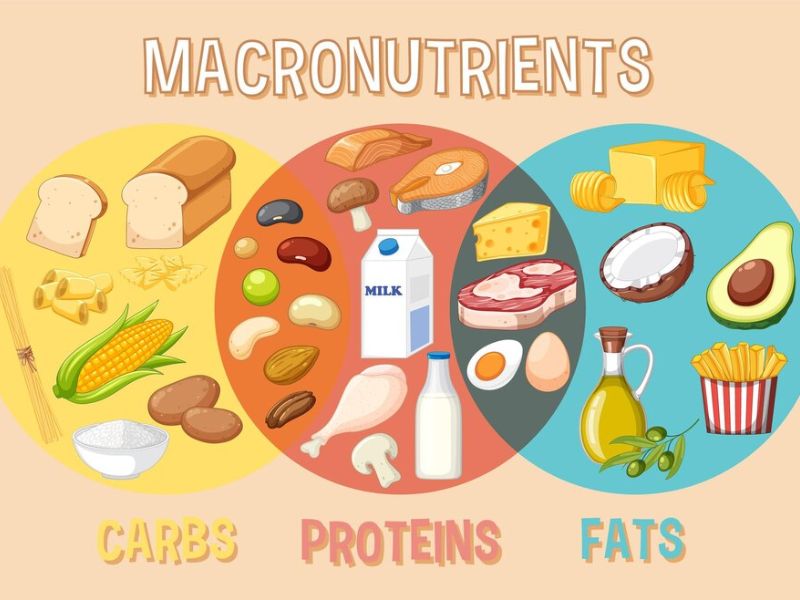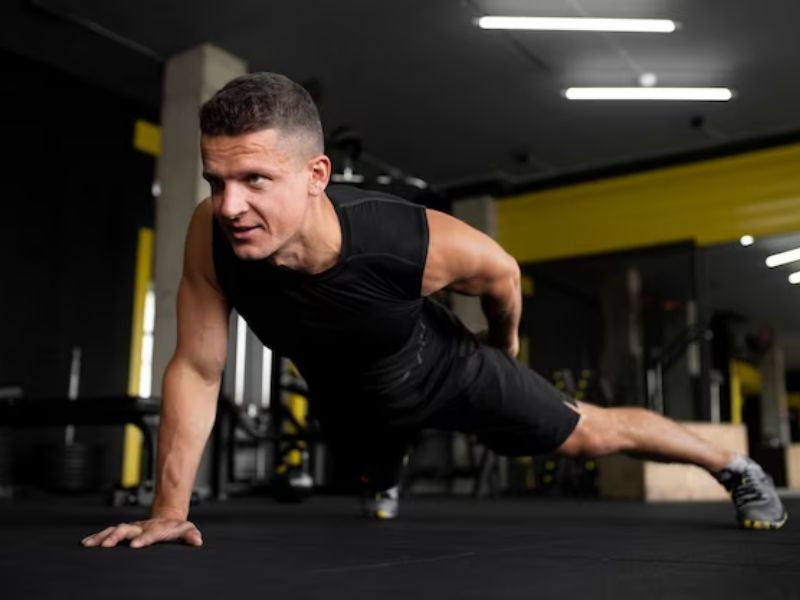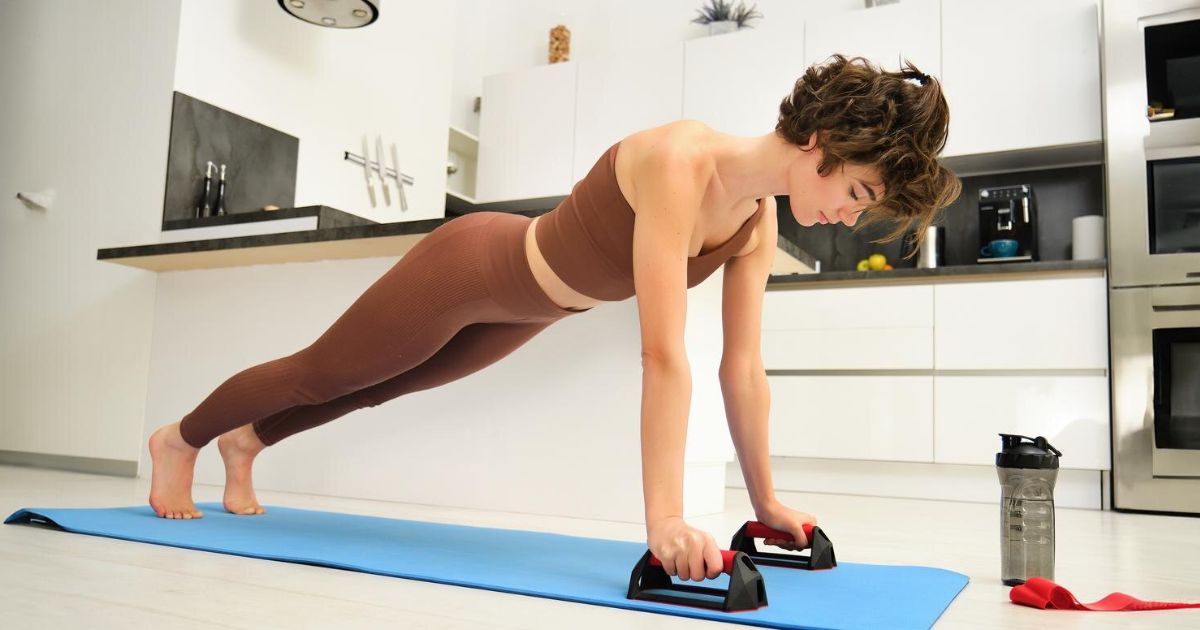Nearly 70% of adults in India are overweight or obese, according to a 2020 study published in the Lancet.
This statistic highlights the growing need for accessible and effective strategies to achieve a healthier body composition.
Building muscle and burning fat offer a powerful solution, not just for aesthetics, but for overall well-being.
This comprehensive guide empowers you with insights and actionable steps to kickstart your journey towards a stronger, healthier you.
Understanding the Strength Training Benefits

Building muscle isn’t just about aesthetics; it’s about unlocking a healthier, happier you. Here’s why:
1. Boost Your Metabolism:

- Imagine your body as a fat-burning machine. Muscle, unlike fat, is metabolically active, burning calories even at rest. Studies show individuals with more muscle burn 100 more calories daily compared to those with less muscle[*]. This translates to effortless calorie burning throughout the day, aiding weight management and fat loss.
2. Focus on Fat Loss, Not Just Weight Loss:
- Think of your body weight as a pie. The number on the scale is the whole pie, but the fat and muscle are the slices inside. Losing weight only shrinks the pie, not necessarily changing the proportion of each slice.
- Focus on losing fat, not just weight. This targets the “fat slice” for a toned and healthier physique. You might see a scale decrease but still feel “soft” or struggle with clothes due to muscle loss [*].
3. Go Beyond Fat Burning:

Building muscle offers numerous benefits beyond burning calories:
- Improved Strength and Endurance: Imagine tackling daily tasks with ease, feeling stronger, and having more stamina. Studies show strength training significantly increases these aspects.
- Reduced Injury Risk: Stronger muscles act like a protective layer for joints and bones, making you less susceptible to injuries. Research highlights the role of strength training in reducing sports injuries and improving joint health [*].
- Enhanced Heart Health: Building muscle can improve blood pressure and cholesterol levels, positively impacting your heart health. Studies show regular strength training can significantly reduce the risk of heart disease [*].
- Boosted Mood and Energy Levels: Regular exercise and muscle building have been linked to improved mood, better sleep, and increased energy levels. Studies suggest strength training can be effective for improving symptoms of depression and anxiety [*].
As Marc Massad, a Certified Pickleball Trainer & IFP Pickleball Ambassador, says, “Understanding how muscle aids in burning fat is crucial for anyone on their fitness journey. At its core, muscle tissue plays a crucial role in enhancing your metabolism because muscles are metabolically active, meaning they burn calories even when you’re not working out. For beginners, this translates to a more efficient body at burning calories throughout the day, thus aiding in fat loss.”
Building Muscle: The Essentials

Building muscle isn’t just about aesthetics; it’s a cornerstone of overall health and well-being. Think of it as an investment in your future self: stronger, more energized, and less susceptible to various health risks.
The Science Behind Muscle Building:
- Progressive overload: This principle states that your muscles need to be challenged progressively to grow stronger and larger. This can be achieved by gradually increasing the weight, sets, or reps of your exercises.
- Microtears and repair: When you lift weights, you create microscopic tears in your muscle fibers. During rest and recovery, your body repairs these tears, making the muscle fibers stronger and thicker. This process is what leads to muscle growth [*].
Beginner-Friendly Workouts:

No gym? No problem! Here are some bodyweight exercises you can do anywhere, anytime:
- Squats: Engage your core and glutes as you lower yourself down as if sitting in a chair, keeping your back straight and knees over your toes.
- Push-ups: Modify on your knees or against a wall if needed. Start by lowering your chest towards the ground and pushing back up to the starting position.
- Lunges: Step forward with one leg, lowering your body until both knees are bent at 90-degree angles. Push back up to the starting position and repeat with the other leg.
Addressing Common Concerns:

- Myth: Lifting weights will make me bulky.
- Fact: Building excessive muscle mass requires a specific training regimen and diet, not something most beginners achieve easily. Strength training can actually help you achieve a toned and sculpted physique.
- Myth: Strength training is only for men.
- Fact: Strength training offers numerous benefits for everyone, regardless of gender. It can help women increase bone density, improve strength and endurance, and even boost metabolism.
Warm-up and Cool-down:

Just like a car needs to warm up before hitting the highway, your body needs preparation before your workout and proper care afterward. This is where warming up and cooling down come in, playing crucial roles in your fitness journey.
How to Warm Up and Cool Down:
Warm-up (5-10 minutes):
- Light cardio: Brisk walking, jogging, or jumping jacks.
- Dynamic stretches: Arm circles, leg swings, and torso twists.
Cool-down (5-10 minutes):
- Static stretches: Hold stretches for 20-30 seconds each.
- Light walking or yoga: Continue gentle movement to help your heart rate and blood flow return to normal.
Nutrition for Muscle Building and Fat Loss

Building muscle and burning fat is a journey, and nutrition plays a crucial role in reaching your destination. Just like a car needs the right fuel to run efficiently, your body needs the right nutrients to build muscle and shed fat effectively [*].
Understanding Calorie Surplus and Macronutrients:

Imagine your body like a furnace. To build muscle, you need to create a slight calorie surplus, meaning you consume slightly more calories than you burn. This provides the energy your body needs to repair muscle tissue and build new muscle mass.
However, not all calories are created equal. Macronutrients, including protein, carbohydrates, and healthy fats, are the building blocks of your diet and play specific roles in muscle building and fat loss:
- Protein: The “building block” of muscle. Research published in the American Journal of Clinical Nutrition shows that consuming adequate protein (around 0.8-1 gram per pound of body weight) is essential for muscle growth and repair.
- Carbohydrates: Provide your body with readily available energy for exercise. However, focus on complex carbs like whole grains, fruits, and vegetables for sustained energy and fiber intake.
- Healthy fats: Play a vital role in hormone regulation, cell function, and satiety. Include healthy fats like nuts, seeds, and avocado in your diet.
Also Read:
Sample Meal Plans for Indian Diets:
Here are basic guidelines to get you started, keeping your Indian culinary preferences in mind:
Breakfast:
- Option 1: Whole wheat roti with paneer bhurji (scrambled cottage cheese), mixed vegetables, and a glass of milk.
- Option 2: Masala oats with nuts and seeds, topped with sliced fruits.
Lunch:
- Option 1: Brown rice with dal (lentils), grilled chicken or fish, and a side salad.
- Option 2: Vegetable pulao with raita (yogurt-based dip) and a protein salad.
Dinner:
- Option 1: Tandoori chicken or fish with roasted vegetables and a small portion of brown rice.
- Option 2: Vegetable khichdi (rice and lentil dish) with a side of stir-fried vegetables.
Snacks:
- Fruits, nuts, seeds, yogurt, or vegetable sticks with hummus.
Here’s what you need to know, according to Dan Gallagher, a Registered Dietitian at Aegle Nutrition: “In order for you to be conscious and functional, your body expends energy to make that happen. The energy comes from the foods you eat, which your body then either turns into fat or muscle.
Your body can use both fat and muscle as fuel, when needed. Fat is easily stored and takes little to no maintenance. It’s essentially the lazy way to store energy in your body. The problem with fat, however, is that it’s harder for your body to use as a fuel source.
It’s easily stored, difficult to bring out of storage as a fuel source. Muscle, on the other hand, is somewhat opposite. Muscle is much more difficult to create. It also requires energy to maintain, but it’s an easier fuel source for your body than fat.”
Exercise Strategies for Beginners

Strength training is a cornerstone of building muscle, but it’s not the only piece of the puzzle! When it comes to building a well-rounded fitness routine as a beginner, variety is key.
High-Intensity Interval Training (HIIT):

This popular method involves alternating between short bursts of intense activity and rest periods. Studies published in the Journal of Obesity & Metabolism Research found that HIIT can be as effective as traditional cardio in burning fat while requiring less time – perfect for busy schedules. [*]
Benefits:
- Improved cardiovascular health and endurance.
- Boosted metabolism for increased calorie burning even at rest.
- Time-efficient workout option.
Moderate-Intensity Cardio:

Don’t underestimate the power of moderate-intensity cardio like brisk walking, swimming, or cycling. This steady-state activity is excellent for burning fat, improving heart health, and increasing stamina.
Benefits:
- Reduced risk of heart disease, stroke, and type 2 diabetes.
- Improved mental well-being and stress management.
- Promotes healthy weight and overall fitness.
Low-Intensity Exercise:

Often overlooked, low-intensity activities like walking, yoga, or stretching play a vital role in active recovery and overall well-being. They help your body repair and rebuild after strenuous workouts, preventing injuries and promoting flexibility.
Benefits:
- Reduced muscle soreness and improved recovery.
- Enhanced flexibility and range of motion.
- It promotes relaxation and stress reduction.
Mind-Body Connection:

Exercise isn’t just about the physical. Practices like yoga and Pilates integrate physical movement with mindfulness and breathing exercises. This holistic approach can:
- Improve focus and concentration.
- Reduce stress and anxiety.
- Promote better sleep quality.
Finding Your Fit:
The most effective exercise program is one you enjoy. Explore different activities, find what sparks your interest, and make it a fun part of your routine. Consistency is key, and enjoying the process will help you stay motivated in the long run.
Staying Motivated and Adhering to Your Plan

Sticking to your fitness plan can feel tough, but it doesn’t have to be [*]. Here are 4 easy hacks to stay motivated and reach your goals:
1. Set Mini-Goals, Big Rewards:
- Forget losing 20 pounds in a week. Instead, aim for smaller wins like losing 1-2 pounds weekly. Reaching these mini goals feels great, keeps you going, and releases happy chemicals in your brain!
2. Treat Your Workouts Like VIP Events:
- Block out workout times in your calendar and treat them as important as any meeting. Studies show people who schedule workouts are more likely to stick to them.
3. Grab a Workout Buddy or Join the Fitness Crew:
- Exercising with a friend or joining a fitness class is a fun way to stay motivated. Studies show social support can make exercise more enjoyable and help you stay committed.
4. Track Your Wins, Big and Small:
- Keep a journal or use a fitness app to track workouts, weight, and even how you feel. Seeing progress, even small improvements, is a powerful motivator to keep going! Studies show people who track their progress are more likely to succeed.
Conclusion
Building muscle and burning fat is a journey, not a destination. This guide equips you with the knowledge and practical steps to get started on the right path, emphasising consistency, healthy habits, and enjoying the process. Remember, consult your doctor before starting any new exercise program.


1 thought on “Strength Training Your Way to Fat Loss: A Beginner’s Guide”